Intel Working on Patches for 8 New Spectre Like Flaws
Researchers have discovered a total of eight new Spectre-like vulnerabilities, including flaws that may be more serious and easier to exploit, according to German magazine c’t.
The flaws were reportedly identified by several research teams, including Google Project Zero, whose employees were among those who initially discovered the Meltdown and Spectre attack methods. C’t, which is owned by Heise, claims it has obtained the information exclusively and confirms the existence of the vulnerabilities and their severity.
The new vulnerabilities, dubbed “Spectre Next Generation” or “Spectre-NG,” are said to affect processors from Intel and at least some ARM chips. AMD processors are currently being analyzed to determine if they are impacted as well.
Intel has confirmed that it’s working on patching some vulnerabilities, but it has not provided any details. C’t reports that Intel will release updates in two waves – the first expected in May and the second in August.
There are currently two main versions of the Spectre vulnerability: variant 1 and variant 2. Variant 1 attacks can be mitigated using software updates, but variant 2 requires microcode updates as well. C’t says Microsoft is also working on mitigations, which indicates that the Spectre-NG flaws require both software and firmware updates.
Of the eight Spectre-NG flaws, four have been classified as high severity and four as medium severity, with CVE identifiers being prepared for each issue.
While the risk and attack scenarios are similar to the original Spectre, c’t says there is one exception. One of the flaws can be exploited to execute arbitrary code in virtual machines and compromise the host system, and the attack is relatively easy to conduct, especially compared to the original Spectre. Cloud service providers such as Cloudflare and Amazon are reportedly affected the most.
On the other hand, c’t reports that the Spectre-NG flaws are unlikely to be exploited at scale against personal and corporate computers.
“Assuming they prove to be legitimate, the group of vulnerabilities coined as ‘Spectre-NG’ may pose significantly higher risks to cloud operators and multi-tenant environments than the original variants of Spectre. The information provided to the German technology site Heise seems to imply that a few of the eight new vulnerabilities facilitate VM-escape mechanisms, allowing a threat actor to compromise the hypervisor and/or other tenants from their own VM, apparently with little-to-no effort,” Craig Dods, Chief Security Architect at Juniper Networks, told SecurityWeek.
“As a point of reference, Spectre v1/v2 were quite difficult to use for the purposes of VM-escape within cloud environments. The details that are available for ‘Spectre-NG’ hint that it’s incredibly easy to use, but we won’t know for sure until we can see what the actual problems are,” Dods added.
Satya Gupta, CTO and co-founder of Virsec, is not surprised that new variants of the Spectre attack have emerged.
“Now that the core vulnerabilities of speculative execution have been publicized, many well-funded hacking groups globally are racing to find new ways to exploit them. These are advanced attacks exploiting small, but repeatable flaws that skip important security controls in literally billions of processors,” Gupta said via email. “While not all applications will be vulnerable and some compensating controls will be effective, the attackers are relentless and will continuously search for cracks in other defenses that allow Spectre to be exploited.”
Several other side-channel attack methods have been identified since the disclosure of Spectre and Meltdown, including ones dubbed BranchScope, SgxPectre, and MeltdownPrime and SpectrePrime.
